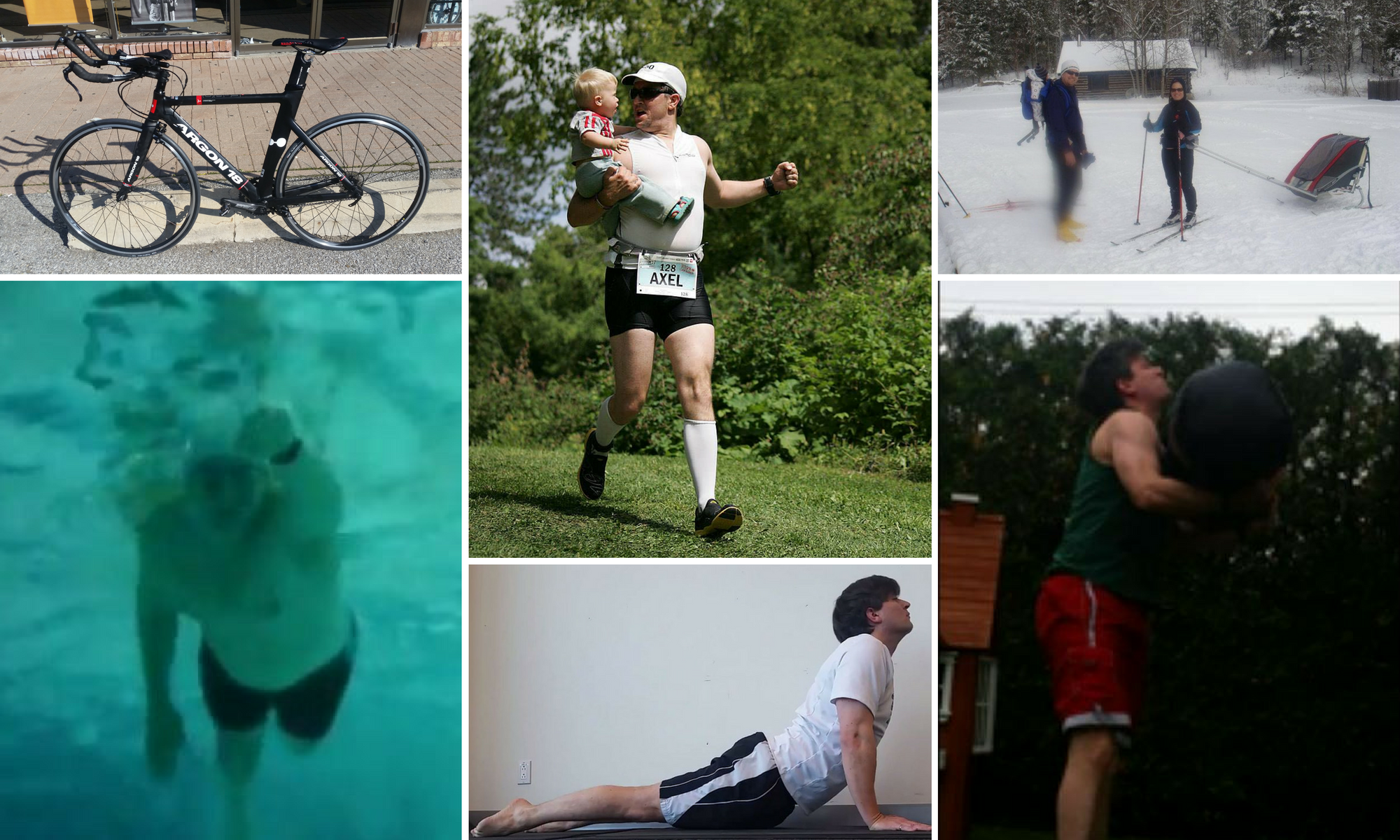At the start of April, I started running with a group. We’ve got a program to follow that is geared to take a 5k runner to 10k, or improve 5k time/performance.
I’m glad to be following a structured program. I’ve come out against training in groups before, mainly because I feel hampered in my ability to make ‘appointments’ to train, and I wouldn’t want to keep anyone waiting, but in this case, the group heads out at lunchtime on Mondays and Wednesdays so that fits into my regular schedule just fine.
There are a lot of benefits to running woth others (either a partner or two, or a group):
- Making a date. When they’re expecting you, you’re less likely to make excuses and skip a training session.
- Socializing. Birds of a feather flock together, after all. Meeting with other runners gives us a chance to trade tips, share goals, commiserate about our aches and pains, and achieve human connections that may be hard to come by in today’s world. That’s something your iPod can’t do (on the other hand there’s probably an app for that…). Speaking of iPods, it’s a good idea to practice running without music if you’re doing an event that doesn’t allow headphones like a triathlon or some trail runs. You don’t want to be dependent on the music…
- Staying on target. That 8k you’re supposed to run today? With a group, you’ll not only show up to do it, but run the amount you’re supposed to. No more, no less. Not slacking off, not overdoing it just because today, you think you can.
- Safety. If you get hurt or something else happens that interferes in your ability to complete your run, your buddies have your back.
And yet, for all this, I’m noticing a few drawbacks…
- Pacing. If the pace you want to hit doesn’t match at least one other person, you’re pretty much running by yourself again, and wishing you had your iPod on you after all…
- Whiners. I guess some people just like to complain, but listen: we’re all doing the same run in the same weather and voluntarily. No one’s got a gun to your head… Though the way some people carry on I’m not as sure. I actually like to think I could be held at gunpoint with greater stoicism than some people show when going out for a jog.
- Lack of flexibility. Every group run is customized to the needs of an imaginary person: the aggregate/average of every member of the group. And that’s the best case scenario. You might not be getting the workout you need on this particular day, for your particular needs/goals/level. This is the flip-side to ‘Staying On Target’, I suppose.
Still with group sessions twice a week, I still have opportunities to run solo and therefore get the best of both worlds. What about you? Do you prefer running solo, or with company?



